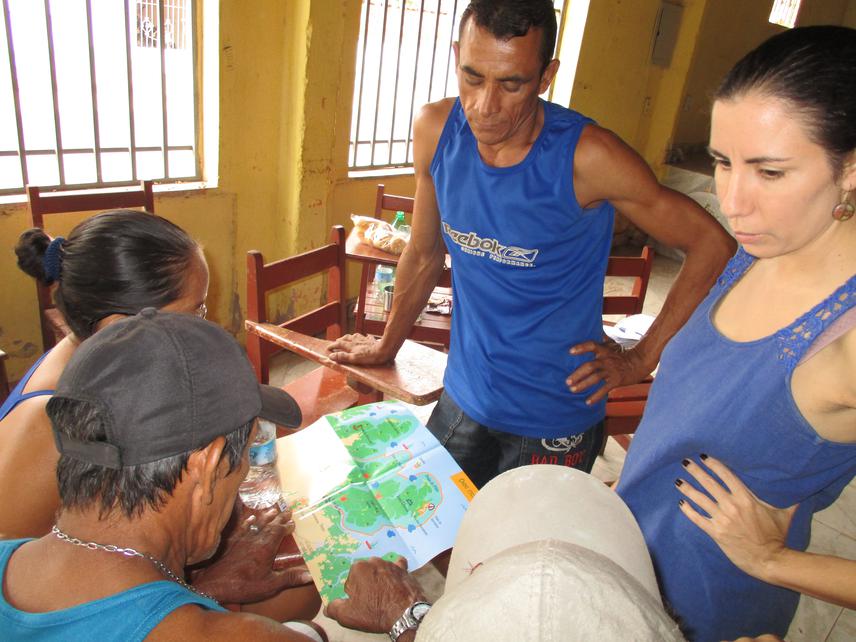Rebecca Borges
Other projects
23 Jan 2017
Spatial Planning in Brazilian Mangroves: Promoting Awareness of Zoning Strategies in Protected Areas
This project is a continuation of a previous Rufford small grant project in the same region (“Spatial planning in Brazilian mangroves: promoting awareness of zoning strategies in protected areas using an ecosystem services approach”). This project, which took place in protected areas on the Brazilian Amazon coast, has shown that 1) local stakeholders have myriad perceptions of the space they use and of the protected area where they live and 2) due to the transboundary nature of ecosystem service flows, there is a need to expand the location of the project in order to achieve more efficient science communication and, through that, environmental protection. A pressing challenge in protected areas is restricted participation, especially of vulnerable groups which are left behind due to how some policy instruments are created and made “available”. In spatial management, a major issue is the mismatch of interpretations of space. There are conservation and development policies focused on spatial management that, when implemented, create a territoriality that is exogenously defined and almost never reflects biophysical phenomena or human use.

Feedback on the awareness-raising brochure produced for the previous Rufford small grant project (2017). © Rebecca Borges.
Promoting a dialogue between different stakeholder groups requires, therefore, bringing together a variety of “spatial worldviews”. Increasing the exchange of information would help actors involved in management to build a representation of reality that is shared and not fragmented, thus increasing the chances of collective action. Our goal is, therefore, to disseminate awareness-raising, dialogue-promoting material for social media about a protected area and its legal instruments in the Bragança region and nearby municipalities, north Brazil, the various local perceptions of space, and how policies and perceptions connect to cultivate intersections in language that can translate into more effective management. We aim to connect stakeholders from five protected areas, which are intrinsically connected by the crab value chain, an important resource for safeguarding the livelihoods of local, traditional populations.
To achieve these goals, we will apply the following steps: 1) identification and synthesis of gaps in local spatial literacy and knowledge about MPA spatial management tools; 2) investigation of social-ecological connections using a combination of social-ecological network analysis (SENA) and participatory mapping; and 3) preparation of awareness-raising material for social media about the local marine protected areas, about spatial literacy, and how these two topics connect.
Header: Mangroves in north Brazil, where traditional populations’ livelihoods largely depend on small-scale fisheries. © Rebecca Borges.